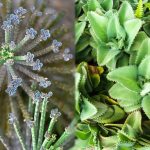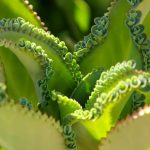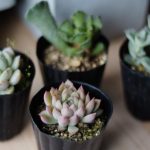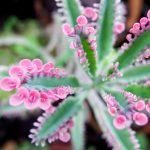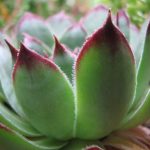Discover the enchanting world of mother of thousands, a unique succulent plant that offers easy propagation and care. Let us unveil all the essential details you need to cultivate this botanical wonder.
Cacti & Succulents
Mother Of Thousands: An Intriguing Self-Propagating Succulent
A fascinating succulent by nature, mother of thousands, scientifically known as Kalanchoe daigremontiana, is also called the Mexican hat plant or devil’s backbone. This xeriscape gem holds the ability to multiply rapidly, giving rise to numerous offspring along the edges of its broad leaves, earning it the name “mother of thousands.”
Managing these tiny plantlets can be a delightful challenge for gardeners. To delve deeper into this peculiar succulent and its care routine, let’s explore together!
Quick Care Guide
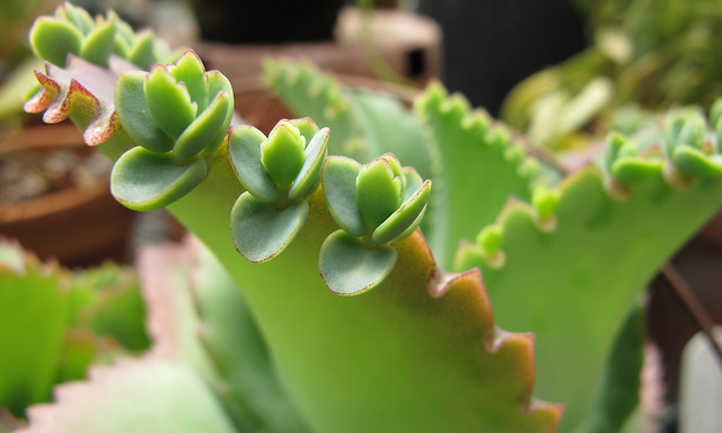
All About the Mother Of Thousands
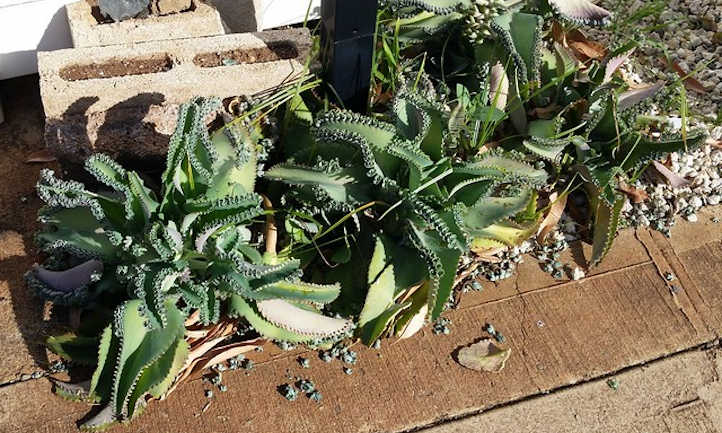
Originally known as Bryophyllum daigremontiana, this succulent is now commonly referred to as Kalanchoe daigremontiana, sparking some taxonomic ambiguity. Unlike most kalanchoe species known for their vibrant blooms, mother of thousands boasts peculiar greyish-pink flowers, dwarfed by its lush bluish-green leaves, which grow oppositely in pairs along the stem. The distinct feature of this plant lies in the miniature plantlets adorning its serrated leaf edges, acting as surrogate seeds.
While flowering is infrequent, the striking foliage steals the show for this succulent. A close relative, the “Mother of millions,” showcases a different leaf structure and reproductive pattern, standing out in the Bryophyllum family.
Thriving in bright indirect light and sandy well-drained soil, these succulents are resilient against drought conditions. They thrive in temperatures between 65-75 degrees Fahrenheit, best suited for USDA hardiness zones 9-11.
Mother Of Thousands Care
Light & Temperature
For optimal growth, provide at least 6 hours of daily light, avoiding direct intense sunlight to prevent leaf sunburn. In cooler climates, indoor cultivation or supplemented grow lights may prove beneficial for sustained development.
Maintain temperatures between 65-75 degrees Fahrenheit, sheltering the plant indoors during colder spells to prevent damage.
Water & Humidity
Despite its arid origins, occasional watering aids in the succulent’s vitality. Direct water to the soil, keeping the leaves dry to prevent rot. During peak growth seasons, spring and summer, increase watering frequency, decreasing it in fall and winter.
**Reduce watering frequency to help your Kalanchoe daigremontiana thrive.**
**Soil**
Choose well-drained, sandy soil for your Kalanchoe daigremontiana, preferably in a terracotta pot with good drainage. The soil pH is not crucial, but aiming for neutrality can benefit the plant’s growth.
**Fertilizer**
Apply diluted liquid fertilizer only once in the spring and once in the summer to your Mother of Thousands. Skip fertilizing during fall and winter seasons.
**Propagation**
Propagate the plant using its baby plantlets; seeds are not a reliable option. Mother of Thousands usually drops plantlets towards winter, which you can replant to grow new plants.
**Repotting**
Mother of Thousands seldom needs repotting unless the container gets crowded with plantlets, in which case, separate them into individual containers with proper drainage.
**Pruning**
Trim spent flower stalks using clean pruning snips once the flowering period ends to maintain the plant’s health.
**Troubleshooting**
Prevent root rot by avoiding overwatering your Mother of Thousands plant and regularly inspect for pests.
**Growing Problems**
The plant is prone to overwatering so ensure the soil dries out sufficiently in between waterings. Control the spread of excess plantlets to prevent invasive growth.
**Pests**
Combat pests like mealybugs, scale insects, and aphids with neem oil. Introduce beneficial insects and remove stubborn scale with rubbing alcohol.
**Diseases**
Protect your plant from fungal root rots by ensuring well-draining soil and avoiding waterlogged conditions.
**Frequently Asked Questions**
– **Mother of Thousands plant is poisonous to pets and children – keep out of reach.**
– **The plant can be invasive outdoors but manageable indoors.**
– **Grasp at the base of newly-spreading plants and pull straight up to remove them easily.**
– **The plant earns its name from the numerous plantlets it produces throughout its lifetime.**
– **Removing babies for propagation is an effective way to grow new plants.**

